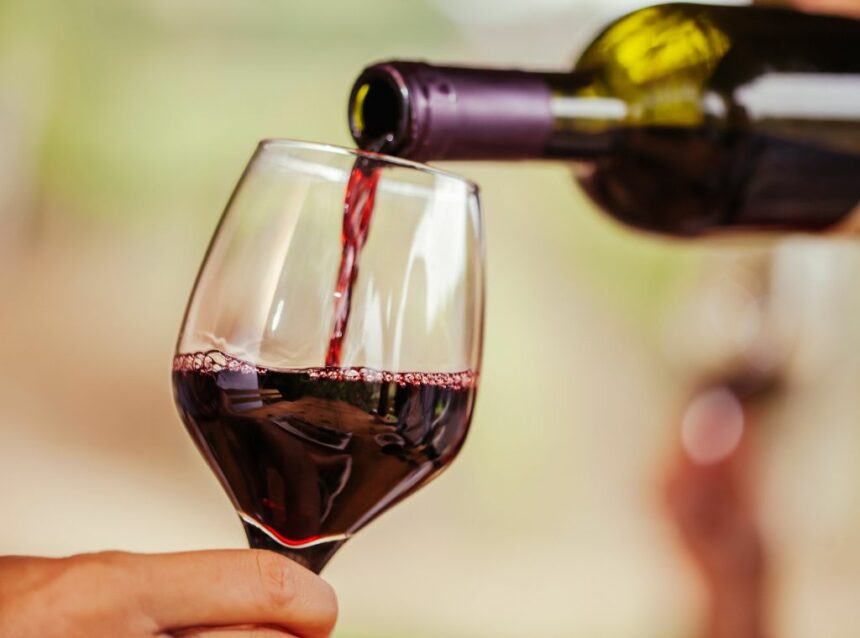Professions develop their own standards. Often these standards reflect their self-interests and hide serious flaws. Unfortunately, the wine ranking systems which are widely in use do not reflect the inherent qualities of the wine in question. This is the case for both the 100 point US system and the 20 point system. The main problem is that many mediocre wines receive at least 15 or 16. I believe the 100 point-system is basically a 20 pointer since no wine receives a lower grade than 80.
The prevailing system is favorable to bad products (which should be called wine-products rather than wine), and consequently it is biased against truly great wines because it presents the gap between the two as a minor quantitative difference. That is, the very best receives a 19.5 whereas many wines which should be dumped in the sink receive a 16 or even a 16.5.
It is often the case that many wines from the new world which lack character receive a higher ranking than a much deeper, more complex wine. This is because wines seem to be rated in comparison with other wines from the same region and type. For instance, I have seen quite a few over-extracted unbalanced Zinfandels receive a ranking in the low 90’s while the same writer may give a Grand Cru Bourgogne which reflects well its terroir from a very good producer a lower ranking.
I became more aware of the inherent flaws of the system after reading Jancis Robinson’s evaluation of Turkish wines. I was dumbfounded by her ratings, and I wrote a brief piece which I published here on Gastromondiale. Following the publication I received a message from a Swiss enologist, Ines Rebentrost, who was disturbed by my comments on Ms Robinson’s views. He wrote: “you should stick to one of the world wine ranking systems instead of confusing winelovers and also winemakers even more with your personal French-based-system”. I think the real confusion is created by the so called wine professionals. The current wine ranking systems are not unlike the ZAGAT guide, which gives a higher ranking to a sandwich shop in Sacramento CA then to, say, restaurant Arpege in Paris. But at least ZAGAT lays out its methodology, and it is based on a (questionable) survey in a given location. The situation is utterly misleading for wine professionals.
I wrote to Ms Rebentrost that the present system is akin to grade inflation in schools and general dumbing down of the education system in the US. It is not selective. While we are trying to protect bad wines (and mediocre enologists which are mass producing pop sodas), we end up penalizing those who are trying to excel.
The standards utilized here are akin to the 20 points ranking system of restaurants on Gastromondiale.
Below 10 means bad, unbalanced or faulty.
10-12 means just ok.
12-15 means the wine is fine, has acid-tannin balance and some character. Basically it is an “honest” wine but has limited depth. It may reflect its terroir, but given that the terroir is not particularly suitable to produce great wines, even the best wines from this appellation/terroir/wine growing area cannot exceed 15.
15-17 means good. The wine has good balance, some depth and it reflects its terroir.
17-18 very good. For a wine to exceed 17, it should have some minerality.
18-19 excellent. Complex, has depth, combines power and elegance.
19.5 outstanding.
20 unforgettable. A legend.





